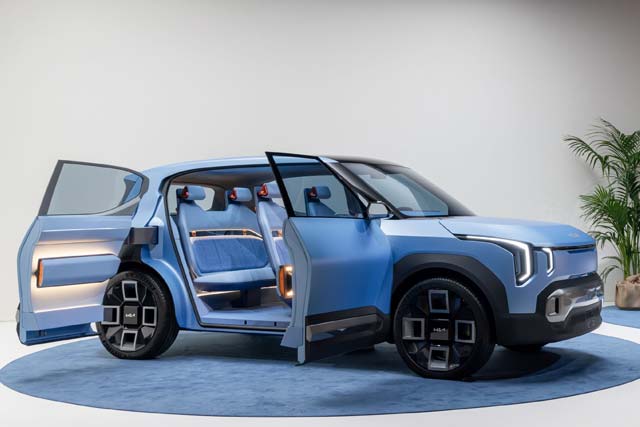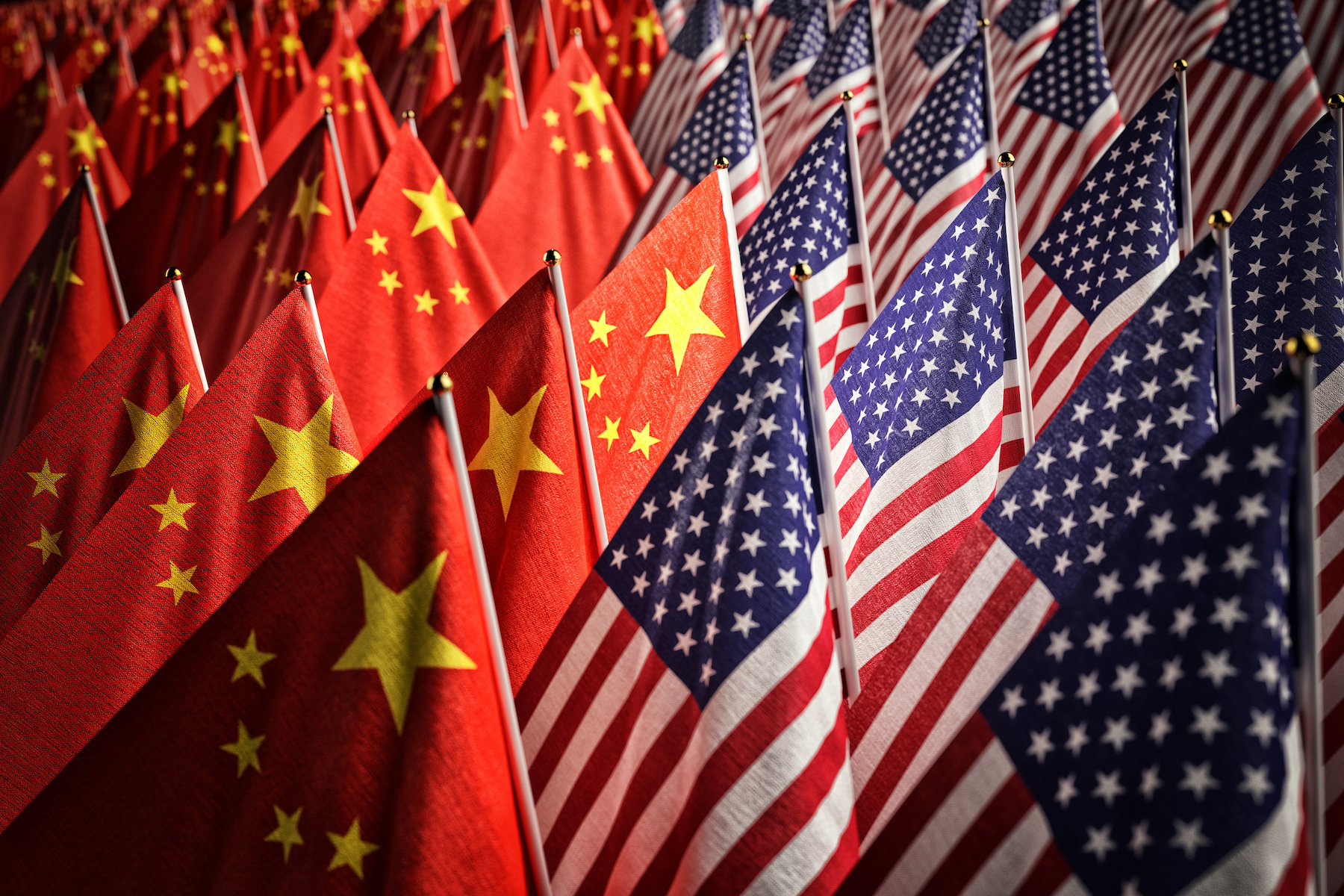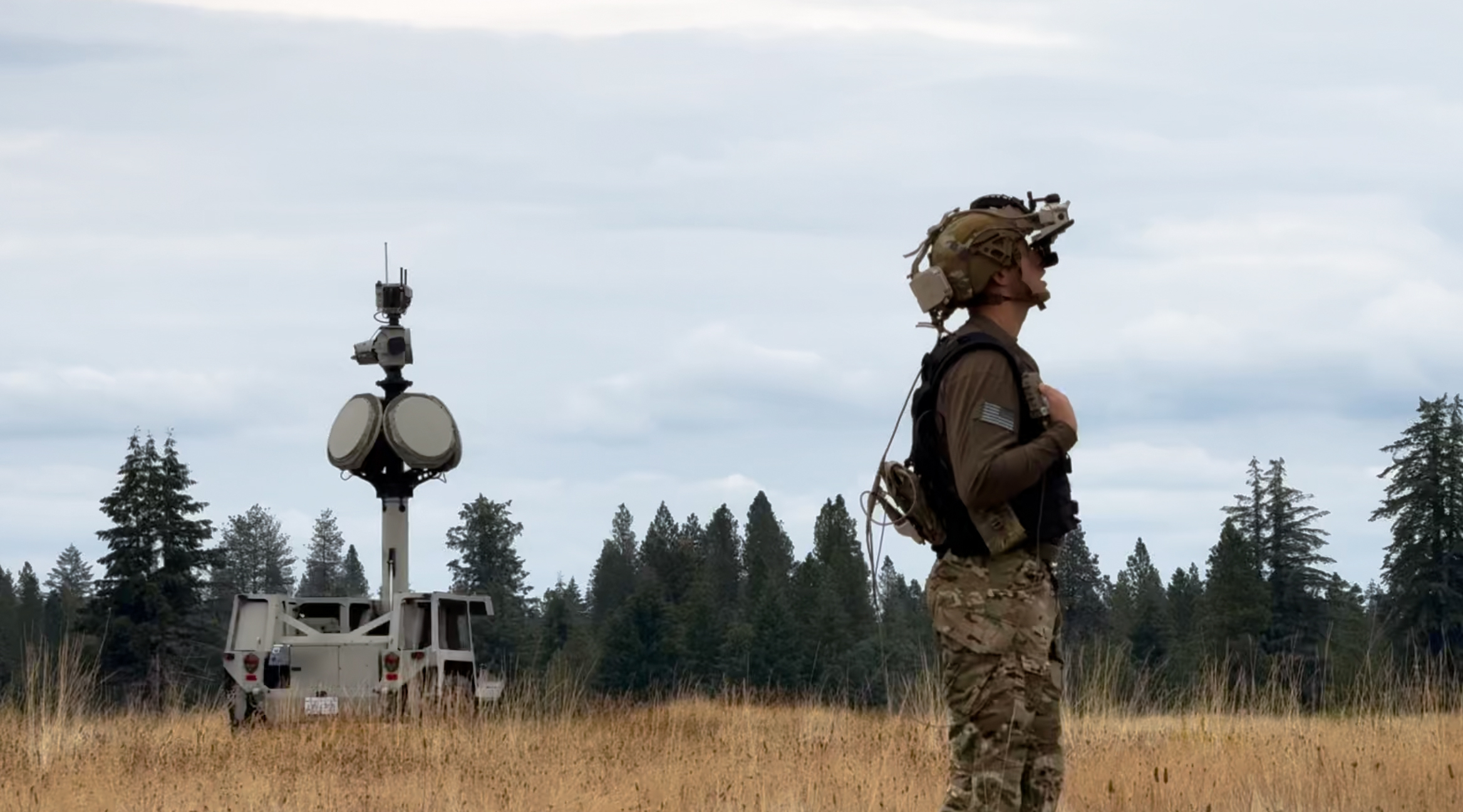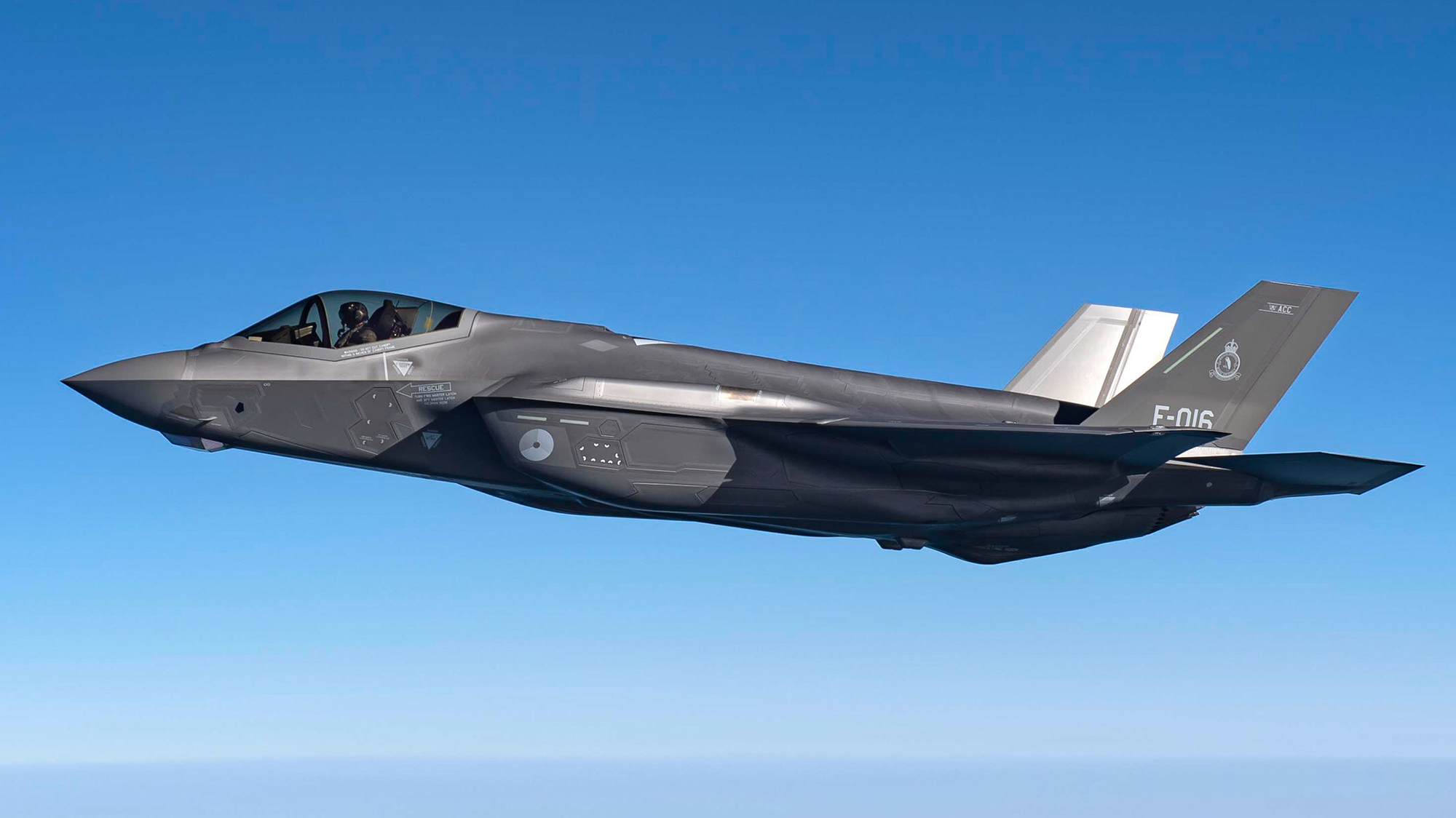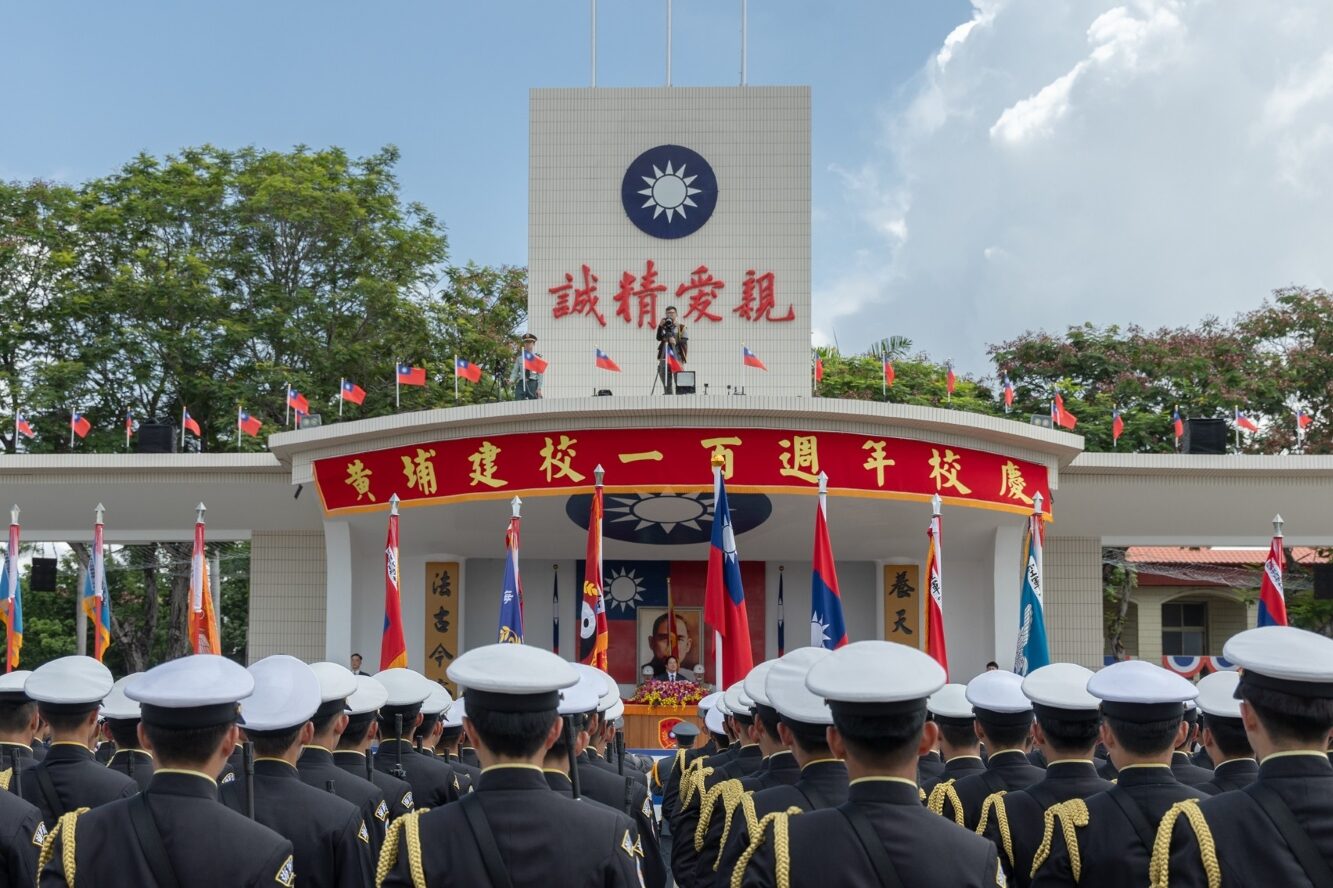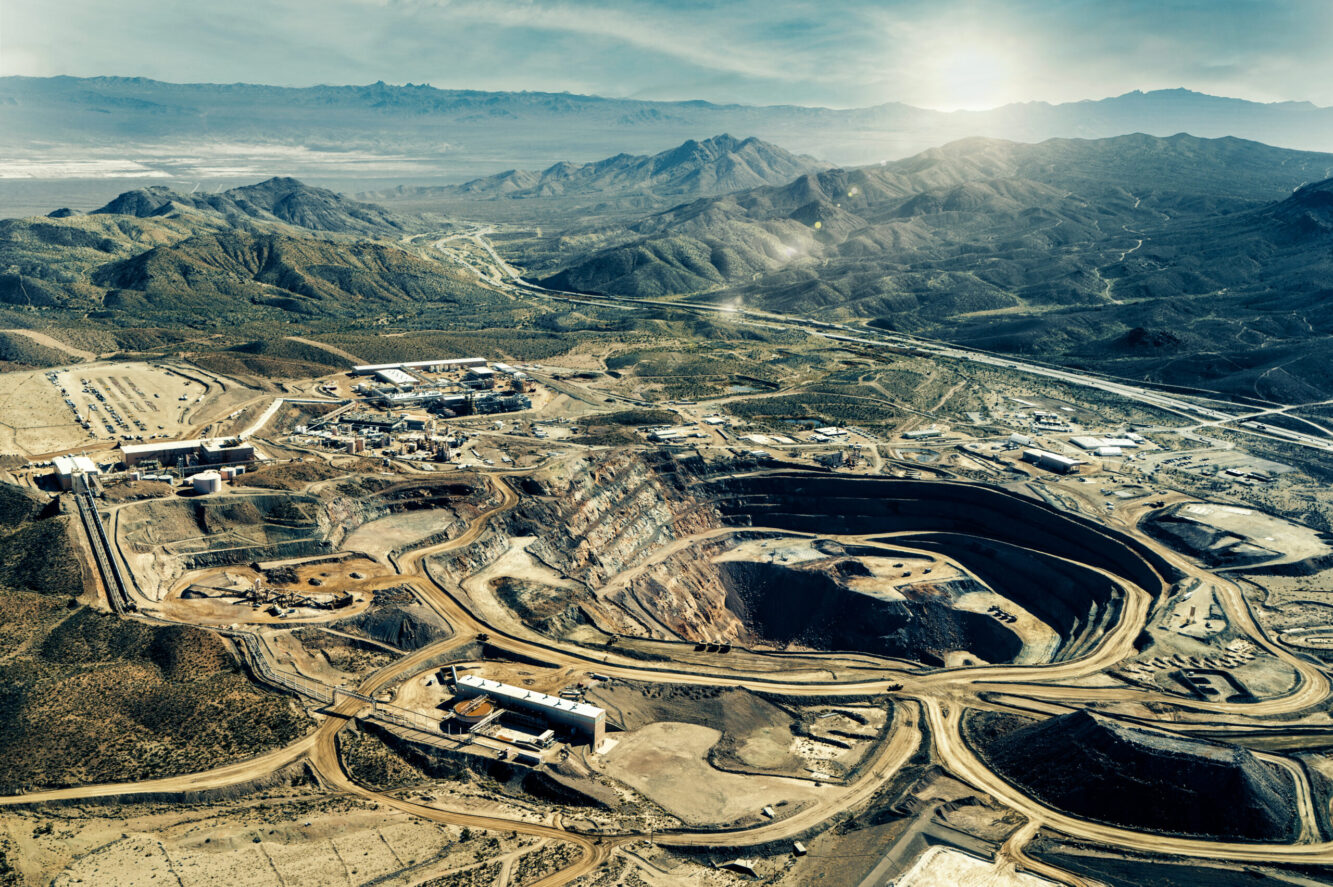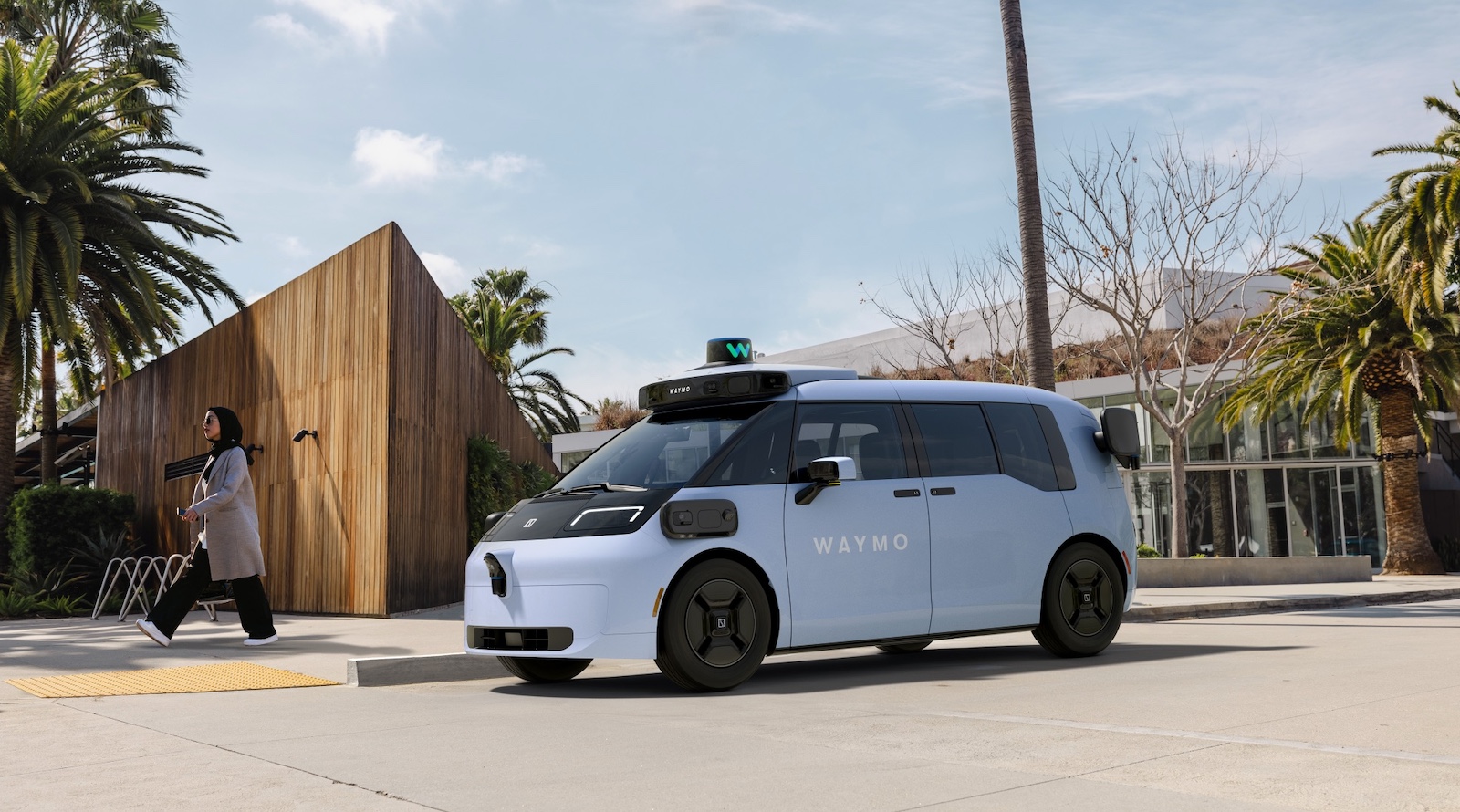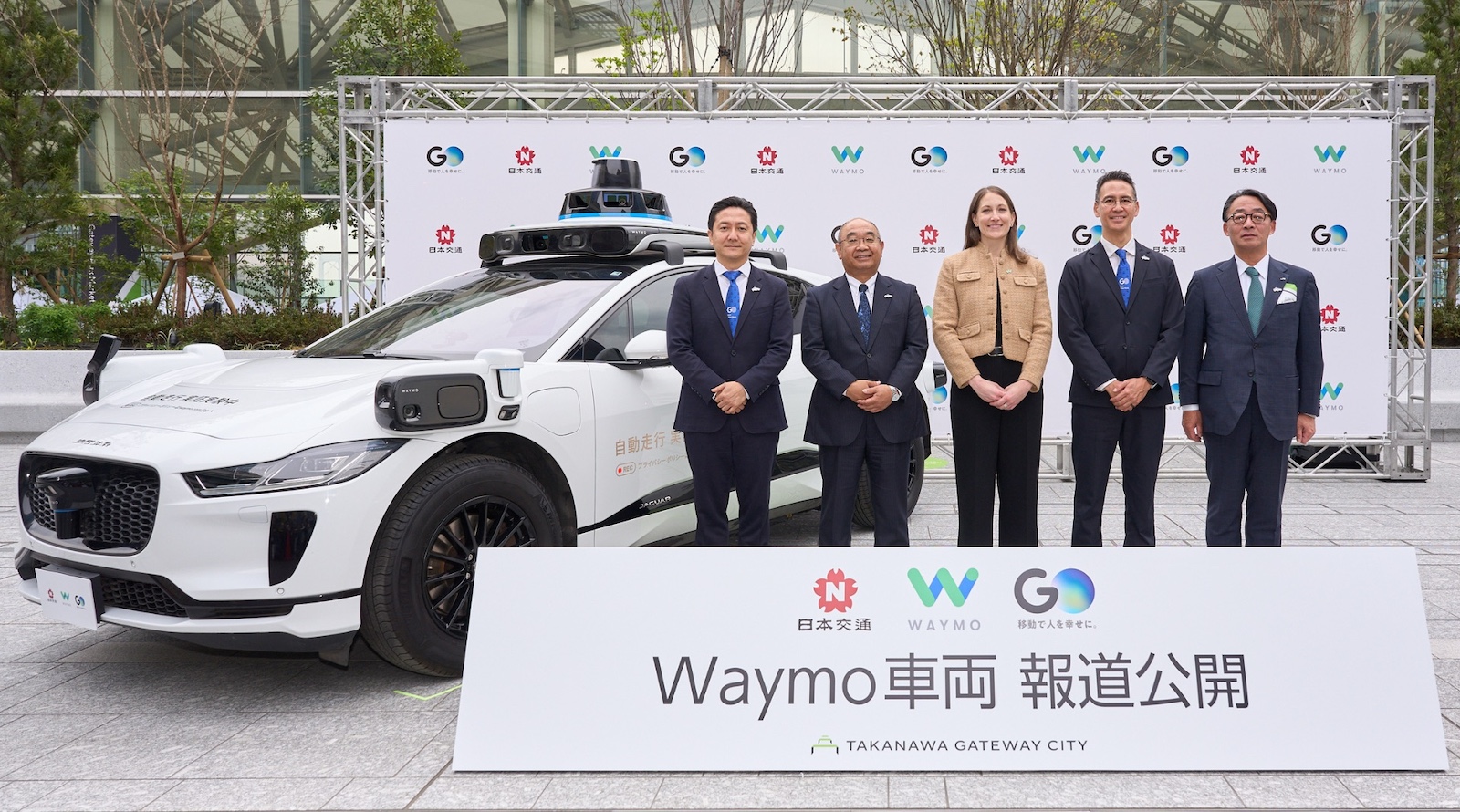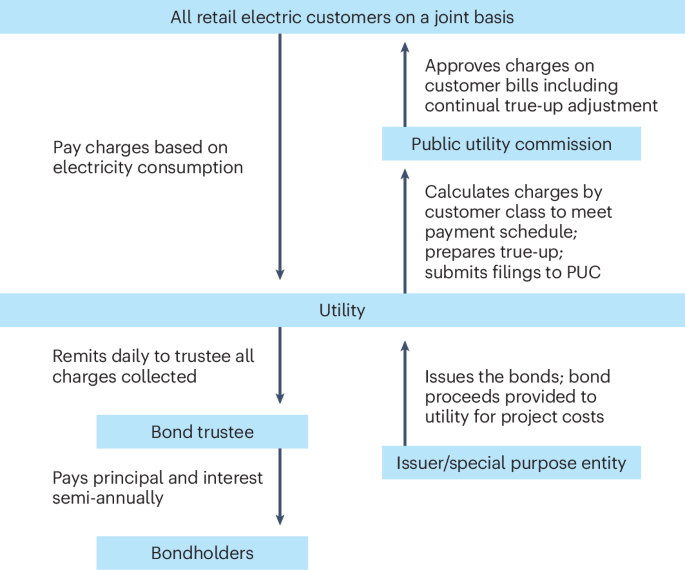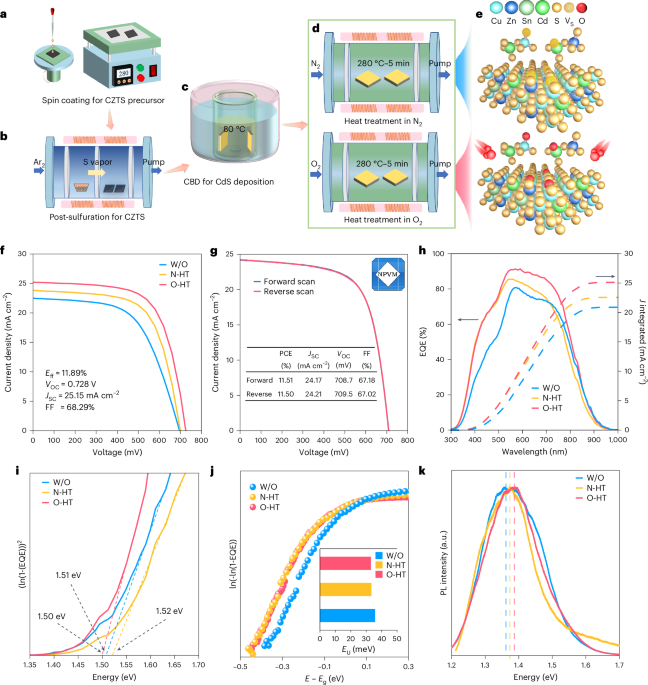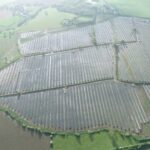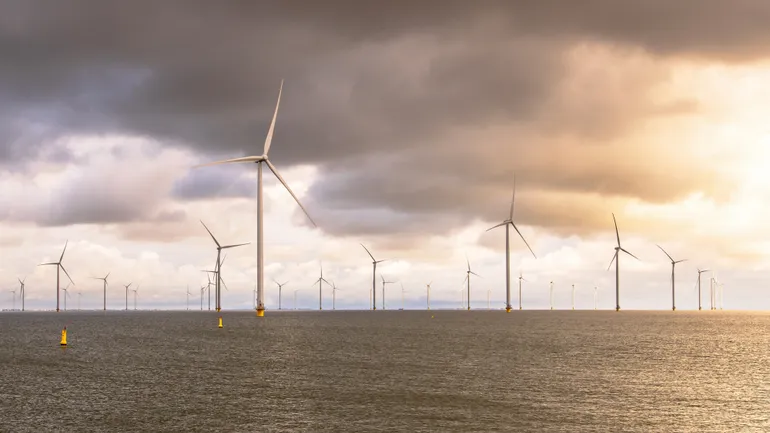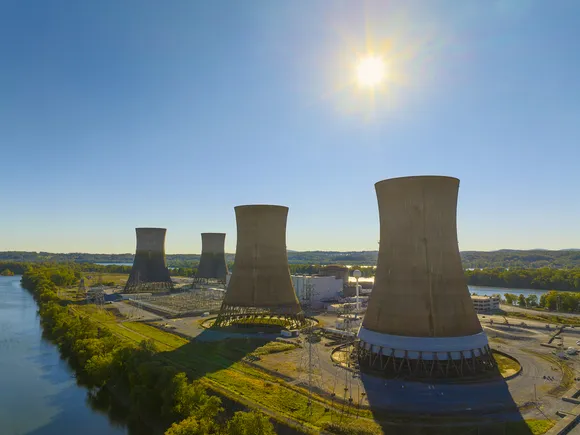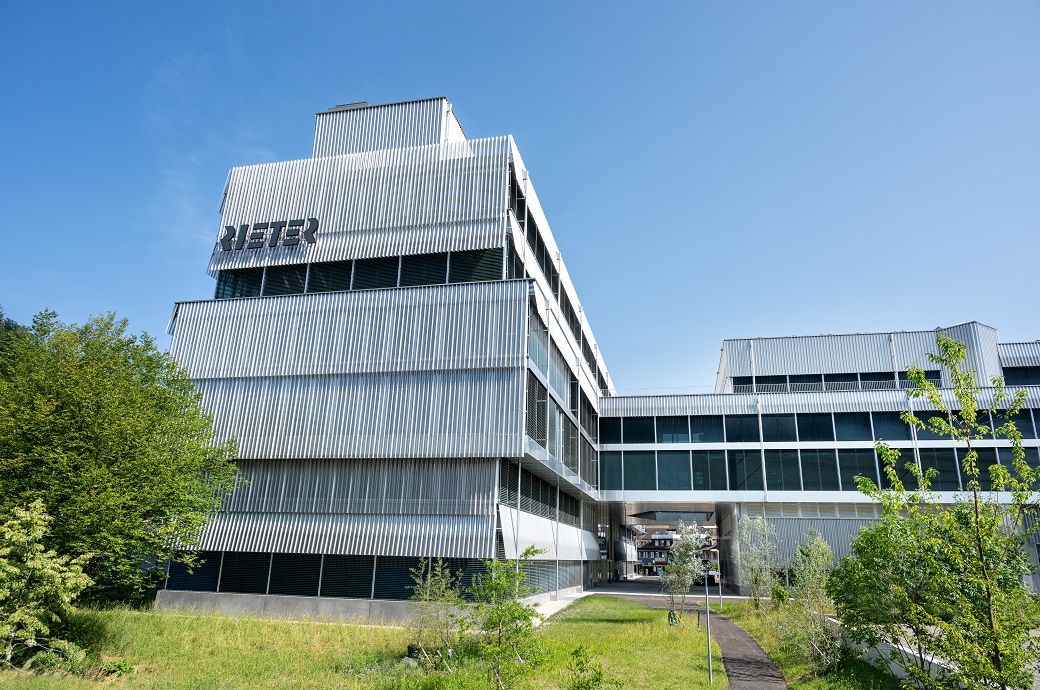New Pentagon program could kickstart a new era of nuclear power
AI is driving investor demand for new nuclear power concepts. The Defense Department is poised to give the best ideas a big boost.

The potential reactors could provide bases with reliable power in the event of a major attack on U.S. infrastructure, or a power collapse due to a national disaster. But the move could also lay the foundation for a microreactor industry, with broad applications for the commercial world.
The companies selected include General Atomics Electromagnetic Systems, Kairos Power, X-Energy, and others, according to DIU’s announcement last week. The companies aren’t on contract yet, Andrew Higier, director of the energy portfolio at DIU, told Defense One. But announcing they are eligible for a contract is the first step.
“The next step would be for vendors to receive what we call a request for prototype proposal, at which point we would actually go into contract negotiations to look to put vendors on contract,” he said.
The Defense Department has been looking at microreactors for years, for a variety of purposes, and has produced some concepts. But concerns about ballooning power requirements for power-hungry AI tools has created an opportunity for the Defense Department to get in on the ground floor and help shape a new industry.
“That AI boom that we're seeing has really reinvigorated the entire industry of micro and small reactors, and more than that, it's catalyzed the industry to start investing private capital into this technology,” Higier said. “I felt compelled that DIU had to be involved here. Because of the AI boom—with big companies out there, Apple, Google, Meta, Facebook—they’re all looking at AI data centers powered by nuclear” energy.
While commercial investors are growing more interested in micronuclear power, the industry isn’t yet poised to take off. There are big questions remaining, including not just how to build a microreactor, but also how to set up the industrial capacity to build many quickly at low cost to meet what could be huge demand. There’s also the question of how to navigate regulations in order to find places where companies can test their microreactors to show that they work, how they work, and that they are safe. That’s where DIU and the Defense Department can now play a big role, Higier said.
“What we offer through our contracting capabilities is the ability to scale across many, many bases across the country and potentially, in the future, even outside the United States,” he said.
DIU is also working with partners across the government, such as the Department of Energy, Idaho National Laboratory, Oak Ridge National Laboratory, and others, to verify the designs are safe and actually work.
DIU can also give the companies guidance to build not just a one-off prototype, but an entire manufacturing process that can produce models in the numbers necessary to meet needs across the Army and the Air Force, DIU’s partners on the project. That’s critical to helping the companies attract the sort of commercial investment they would need to move forward.
“Once the prototype is…signed off on, they can get large-scale production contracts from the government, and they do not need to re-compete that at all,” Higier said.
The Air Force and Army are looking for new power sources for several bases in the United States, he said. But the goal of this project is a modest increase in available power. “We are looking in the one- to 10-megawatt range,” Higier said.
That could help to ensure a stable and resilient supply in case of a collapse to local power plants for at least some essential activities. Resilient power is a rising concern for base commanders, as officials have warned of increasing Chinese cyber-attacks against civilian power infrastructure and the potential of knocking out power during a conflict.
Microreactors could eventually play a role in powering U.S. bases abroad, reducing the vulnerability of energy supply lines. But the point of this project, Higier said, is “guaranteeing 24/7 operations, resilient operations, and stable power.
There's a very big concern that we cannot control the fight abroad from here,” in the event of an energy disruption, he said.
While the opportunity is unique, DIU is not the demand driver for new types of resilient power, said Jack Ryan, a senior program manager at DIU. Rather, it’s “those commanders, because they see the gaps in their energy systems and the potential vulnerabilities,” he said. ]]>































